Hydroponics presents a revolutionary way to cultivate plants without the traditional soil requirement, optimizing growth through nutrient-rich water solutions directly delivered to the roots. For those inclined toward cost efficiency, various strategies can be employed to build a cheap hydroponic system that is both functional and effective.
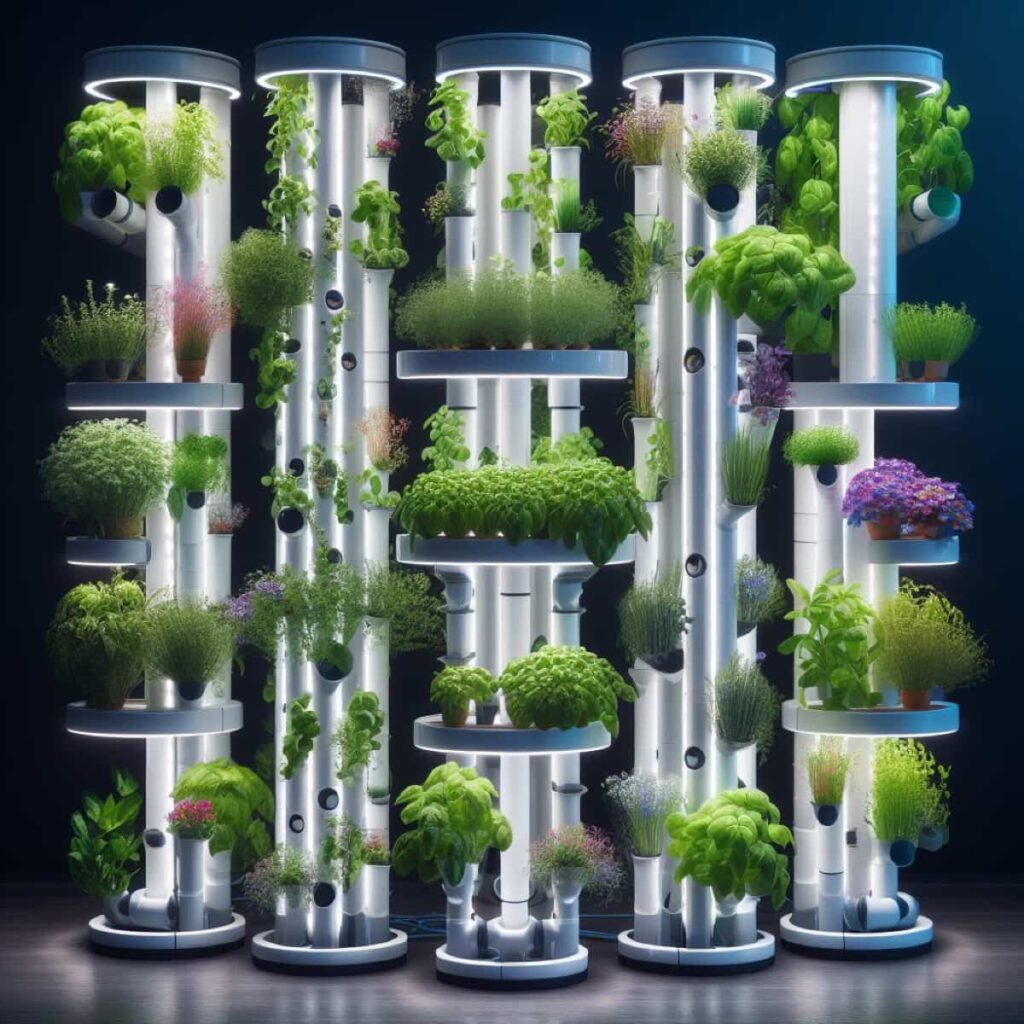
This means doing many things to save money in gardening, like getting cheap materials, using small spaces wisely, using cheap lights, controlling temperature and humidity without spending much, affordably dealing with pests and diseases, and taking good care of plants regularly. Equipped with the right strategies and a meticulous approach, achieving a flourishing, budget-friendly hydroponic system is perfectly within reach, even for beginners.
How to Build a Cheap Hydroponic System
Understanding the Basics of Hydroponics
Many use this method to build a cheap hydroponic system that allows cultivating plants indoors, outdoors, or even in spaces with limited natural light. When striving for a low-cost hydroponic system, it is essential to grasp some fundamental knowledge. This means learning about different hydroponic methods, like deep water culture, nutrient film technique, and aeroponics.
Armed with the basics, one can effectively explore budget-friendly hydroponic system options that won’t break the bank but will facilitate healthy plant growth. Such cheap hydroponic setups are cost-effective, efficient, and easy to manage for beginners who are just delving into the world of hydroponics.
Assessing Your Budget: Determining the Cost Limitations
Before building your hydroponic system, assessing your budget and determining the cost limitations is crucial. Knowing how much you are willing and able to spend is essential in choosing a cheap hydroponic setup that meets your needs. When planning, consider the costs of essential components like containers, lighting, pumps, and nutrients.
Look for alternatives and consider DIY solutions to keep the expenses at bay. A tight budget shouldn’t deter you; there are numerous ways to curate a low-cost hydroponic system that is functional and effective. Smart spending and prioritizing essential items over luxury or unnecessary ones can create a budget-friendly hydroponic system that caters perfectly to your gardening needs and financial constraints.
Choosing the Right Budget-friendly Hydroponic System: Factors to Consider
Choosing the right hydroponic system is paramount, and several factors must be considered to ensure it is cost-effective. First, consider the space available. Compact systems are more suitable for limited spaces and can often be set up at a lower cost. Next, consider the type of plants you wish to grow, as this impacts the kind of hydroponic system you should choose. Simpler systems like deep water culture or wick systems are ideal for a cheap hydroponic setup.
In case you missed it: 15 Best Hydroponics Planter Outdoor Kits in India for Home Garden, Balconies, Outdoor and Office Spaces
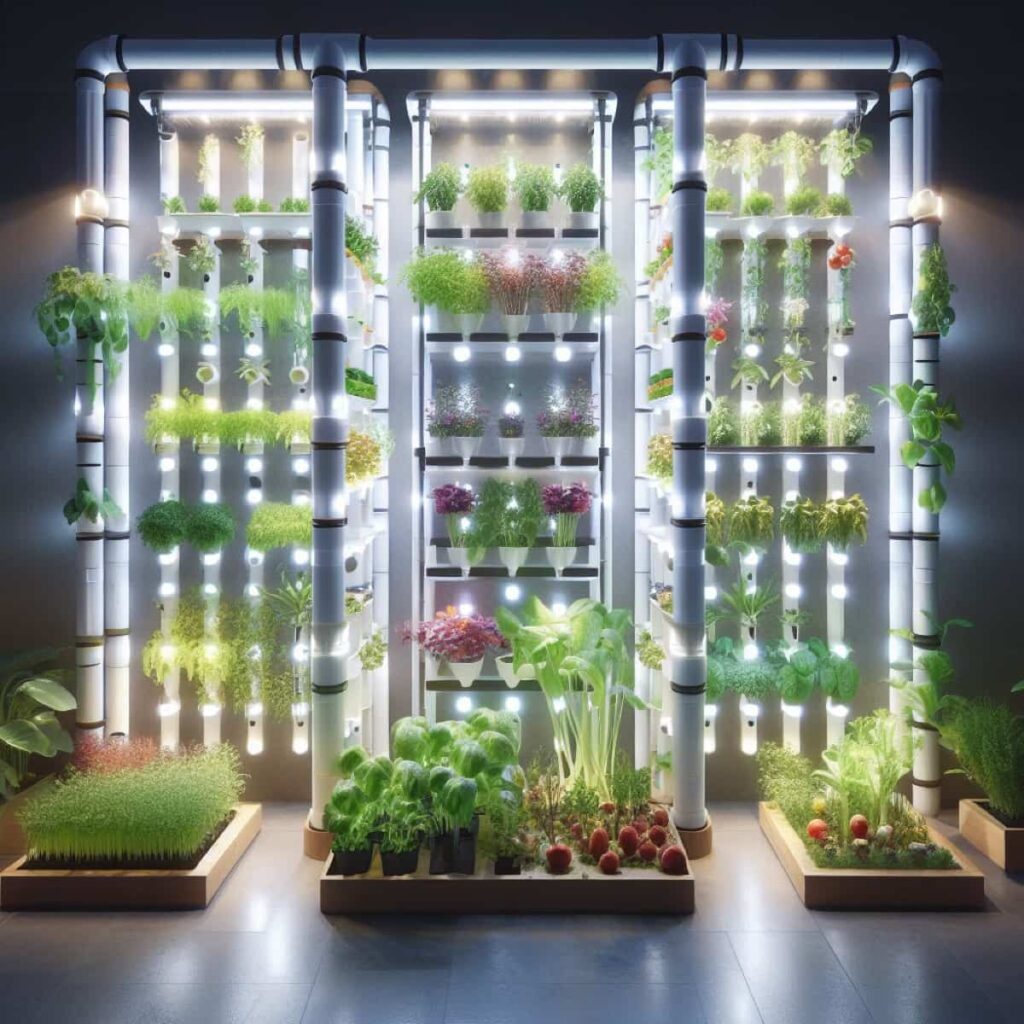
These systems are easier to build and maintain, allowing adjustments and modifications to suit your budget and needs. Be mindful of the system’s efficiency and ease of maintenance, as it should support smooth operation without demanding excessive time or resources. All these considerations will guide you toward building a cheap hydroponic system that aligns with your goals and budget constraints.
DIY vs. Pre-Made Systems: Pros and Cons
When contemplating building a cheap hydroponic system, you’ll likely decide between a DIY or purchasing a pre-made system. DIY systems offer flexibility and customization, allowing you to create a setup that matches your specific needs and budget. It also presents an opportunity to save money, especially when utilizing household items or inexpensive materials. However, it requires time, effort, and a degree of knowledge and creativity.
On the other hand, pre-made systems are convenient, straightforward, and time-saving, making them a good choice for beginners. However, they might not always align with a tight budget, and the lack of customization might not suit everyone’s needs. Evaluate the good and bad points of both choices to pick a hydroponic system that fits your preferences and budget.
Get Affordable Materials: Where to Find Cheap Hydroponic Supplies
Finding affordable materials is a key strategy for building a cheap hydroponic system. You can find low-cost hydroponic supplies in several places that will not strain your budget. Consider checking online platforms; many sellers offer second-hand or discounted items. Local classified ads, community forums, and social media platforms can be gold mines for finding reasonably priced materials.
Additionally, consider visiting local hardware or garden stores for off-season sales or discounted items. Another strategy is to connect with local hydroponic growers or gardening communities. They might sell, trade, or even give away items they no longer need. This can be a great way to get cost-effective hydroponic supplies and perhaps some valuable advice.
Building a Simple Nutrient Solution: Cost-effective Recipes
Creating a simple, cost-effective nutrient solution is essential in building a cheap hydroponic system. Plants in a hydroponic setup primarily rely on the nutrient solution for their growth and development. Concocting your nutrient mix with basic elements like water-soluble fertilizer and Epsom salt is possible. Numerous online resources provide recipes and guides on creating a homemade nutrient solution that is both cost-effective and suitable for your plants.
Ensure the solution is well-balanced, containing essential macro and micronutrients necessary for plant growth. Adjusting the pH level of your solution is also vital; ensure it remains in a range conducive to plant absorption. By creating a homemade nutrient solution, you can significantly cut costs and tailor the mix to suit the specific needs of your plants.
Building a Cheap Hydroponic Setup: Step-by-Step Guide
Building a cheap hydroponic setup begins with planning. Start by deciding the type of hydroponic system you want to build. The next step involves gathering all necessary materials, such as containers, tubing, pumps, and grow lights. Begin the assembly by setting up the reservoir where the nutrient solution will be housed. Ensure it’s properly aerated to provide enough oxygen to the plant roots.
In case you missed it: Idoo Hydroponics Growing System: How to Set Up, Use, and Troubleshoot
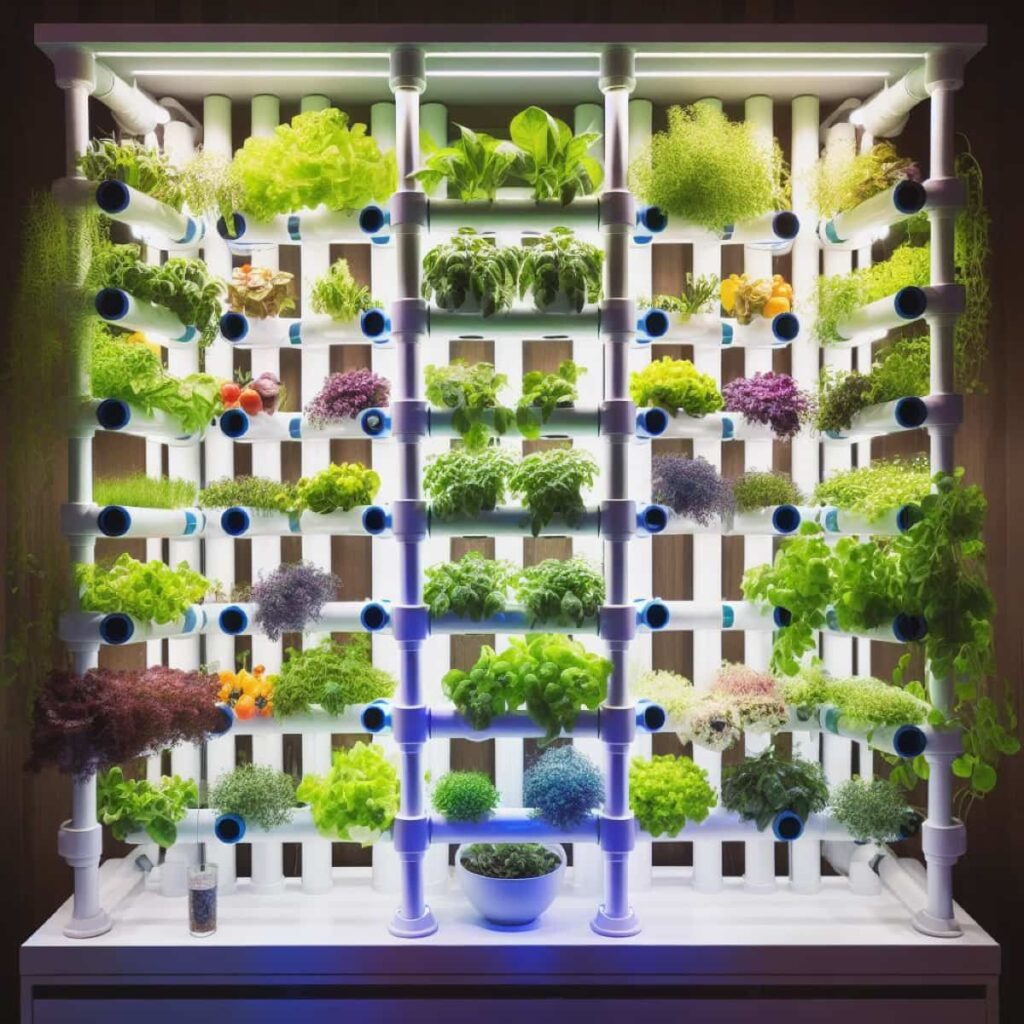
Set up the growing containers or trays and ensure they are adequately connected to the water and nutrient supply. Install the lighting system in a position that maximizes plant exposure to the light. Continuous monitoring and maintenance of the system are necessary to ensure that the plants are growing healthily and the system is functioning effectively. Following these steps systematically will guide you in establishing a successful and cheap hydroponic setup.
Use Recycled or Upcycled Materials: Eco-friendly Options
Utilizing recycled or upcycled materials is an ingenious way of building a budget-friendly hydroponic system. This approach is not only cost-effective but also environmentally friendly. Items like plastic bottles, containers, and old pipes can be repurposed into essential components of your hydroponic system.
For instance, used bottles can be transformed into growing containers, and old pipes can be used to create channels for nutrient solutions. Before using any recycled materials, ensure they are thoroughly cleaned to prevent contamination. Online and community forums are rich with ideas and guides on creatively upcycling materials into useful hydroponic equipment. This method helps reduce the overall cost and contributes to sustainable and eco-friendly gardening practices.
Maximizing Space: Vertical and Compact Designs
Maximizing space in your hydroponic setup is crucial, especially when working on a budget. Employing vertical and compact designs allows you to cultivate more plants in a limited space, enhancing the overall productivity of your cheap hydroponic system. Vertical systems, for example, utilize upright spaces, allowing plants to grow upwards, which is particularly beneficial in areas with a smaller footprint.
Use shelves, racks, or hanging planters to implement a vertical design. Compact designs, however, focus on making the best available space by minimizing wasted areas and optimizing the layout for plant growth. This can include closely spacing plants and utilizing every possible area for growth, ensuring you get the most out of your low-cost hydroponic system.
Low-cost Lighting Solutions for Hydroponics: LED vs. Fluorescent
Lighting is a critical component in hydroponics, and choosing a low-cost solution can significantly reduce the overall cost of your system. LED and fluorescent lights emerge as two predominant choices when considering budget-friendly options. Although slightly more expensive initially, LED lights are energy-efficient, durable, and have a long lifespan, making them cost-effective in the long run.
Fluorescent lights, particularly compact fluorescents (CFLs), are cheaper upfront and are quite suitable for small-scale hydroponic systems. They are best for plants that don’t require intense light and are relatively easy to set up. When choosing between LED and fluorescent, consider the specific needs of your plants and the long-term operational costs to find a lighting solution that is both effective and economical for your cheap hydroponic setup.
Managing Temperature and Humidity on a Budget: Tips and Techniques
Managing temperature and humidity is vital for a thriving hydroponic garden. Various strategies can help maintain optimal conditions in your growing space, even on a budget. For temperature control, use fans for cooling and space heaters for warmth as needed, ensuring not to place them too close to the plants. Passive ventilation, like opening windows or using exhaust fans, can also aid in managing temperature.
In case you missed it: How to Grow Broccoli Hydroponically: Nutrients, Grow Time, and Lighting Requirements
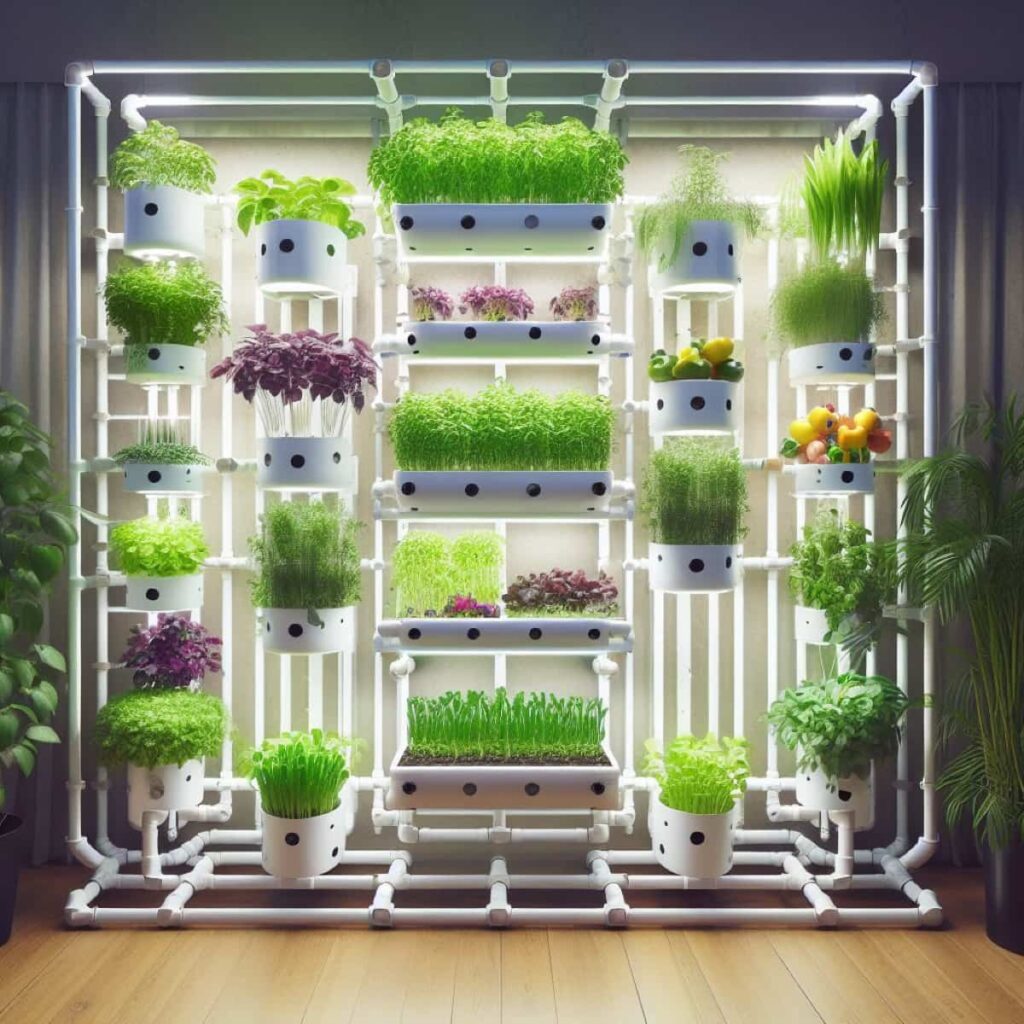
Humidity can be controlled using simple solutions like a water tray in the grow space or using humidifiers and dehumidifiers as necessary. It is crucial to keep a close eye on the temperature and humidity levels, ensuring they are in the ideal range for your plants. Implementing these cost-effective techniques can significantly aid in creating a conducive environment in your cheap hydroponic setup without necessitating a substantial investment.
Cost-effective Pest and Disease Control in Hydroponics: Natural Remedies
In hydroponics, pest and disease control is essential for healthy plant growth. Natural remedies are often cost-effective solutions for managing these issues in a cheap hydroponic setup. Practices such as regular inspection of plants, removing dead or diseased plant parts, and maintaining cleanliness can prevent pest and disease infestations. Utilize natural pesticides like neem oil or insecticidal soaps for pest control, and consider introducing beneficial insects to combat harmful pests.
For disease control, ensure that your system has adequate airflow and avoid overwatering to prevent the creation of environments conducive to fungal and bacterial growth. These natural and cost-effective strategies are integral to maintaining a healthy and thriving low-cost hydroponic system without using expensive chemical solutions.
Routine Care and Maintenance for Cheap Hydroponic System
Routine care and maintenance are foundational for the success of a cheap hydroponic setup. Regularly monitor the pH and nutrient levels in the system, adjusting as necessary to meet the plant’s needs. Clean the system components periodically to prevent the buildup of algae, bacteria, or fungal pathogens, ensuring that the water pumps, air stones, and other parts function efficiently.
It’s also essential to keep an eye on the plants, promptly removing dead or diseased parts to maintain overall plant health and prevent the spread of diseases. Through consistent and attentive maintenance practices, you can ensure the longevity and effectiveness of your low-cost hydroponic system, promoting robust and healthy plant growth.
In case you missed it: Hydroponic Saffron Farming: Cultivating Premium Saffron through Modern Techniques
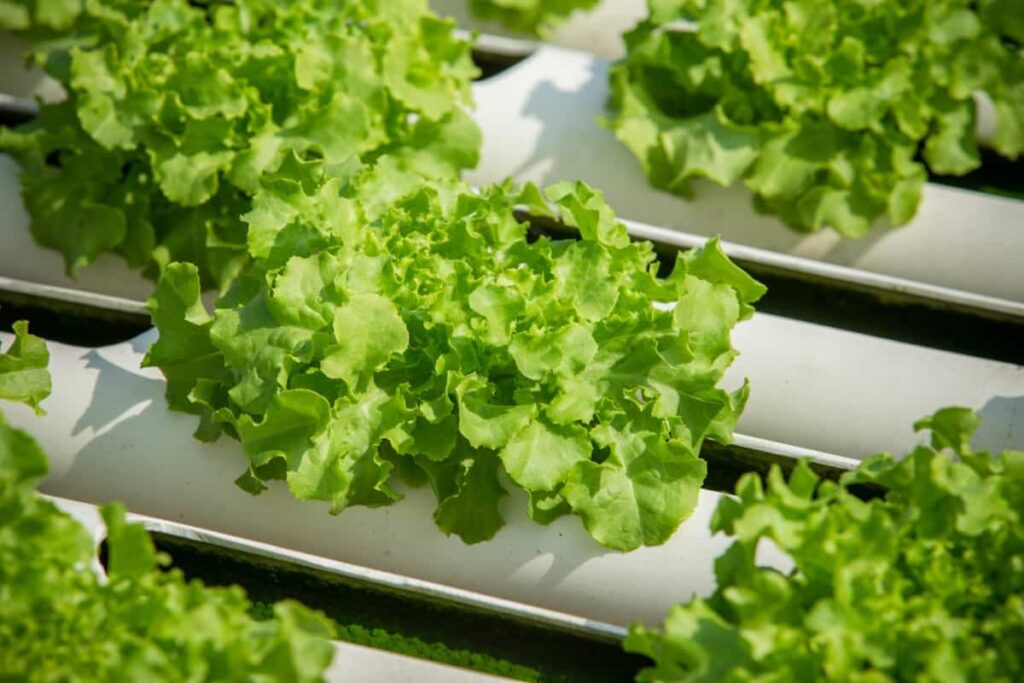
Cost and Material for Cheap Hydroponic System
| Material | Description | Approx. Cost (USD) |
| Containers | Used for holding plants and nutrient solution | $5 – $20 |
| Tubing | For water and nutrient circulation | $10 – $30 |
| Water Pump | To circulate the nutrient solution | $20 – $50 |
| Air Pump & Stones | For oxygenating the nutrient solution | $15 – $40 |
| Grow Lights | LED or Fluorescent for plant illumination | $20 – $100 |
| Timer | For automating light and pump operations | $10 – $30 |
| Growing Medium | Coconut coir, perlite, vermiculite, etc. | $5 – $20 |
| Nutrients | Water-soluble fertilizers for hydroponics | $10 – $30 |
| pH Testing & Control | Kits and solutions for managing pH levels | $10 – $20 |
Conclusion
Building and maintaining a cheap hydroponic system doesn’t necessarily compromise quality or productivity. By leveraging cost-effective strategies—such as sourcing affordable materials, maximizing space, and implementing budget-friendly solutions for lighting, temperature, humidity management, and pest and disease control—one can establish a thriving hydroponic garden without straining financially.
Frequently Asked Questions (FAQ)
What is the Easiest DIY hydroponic System for Beginners?
The easiest DIY hydroponic system for beginners is the Deep Water Culture (DWC). In this simple system, plants are suspended in nutrient-rich water, allowing roots direct access to essential elements. DWC is easy to set up and manage and cost-effective, making it ideal for beginners to experiment and learn.
How Do I Start Hydroponics at Home for Beginners?
Choose a simple system like DWC or the Kratky method to start hydroponics at home. Next, gather essential supplies such as containers, nutrient solutions, and grow lights. Ensure you have a suitable space, and begin with easy-to-grow plants, gradually advancing as you gain more confidence and experience.
In case you missed it: Exploring the Potential of Hydroponic Farming in the Philippines
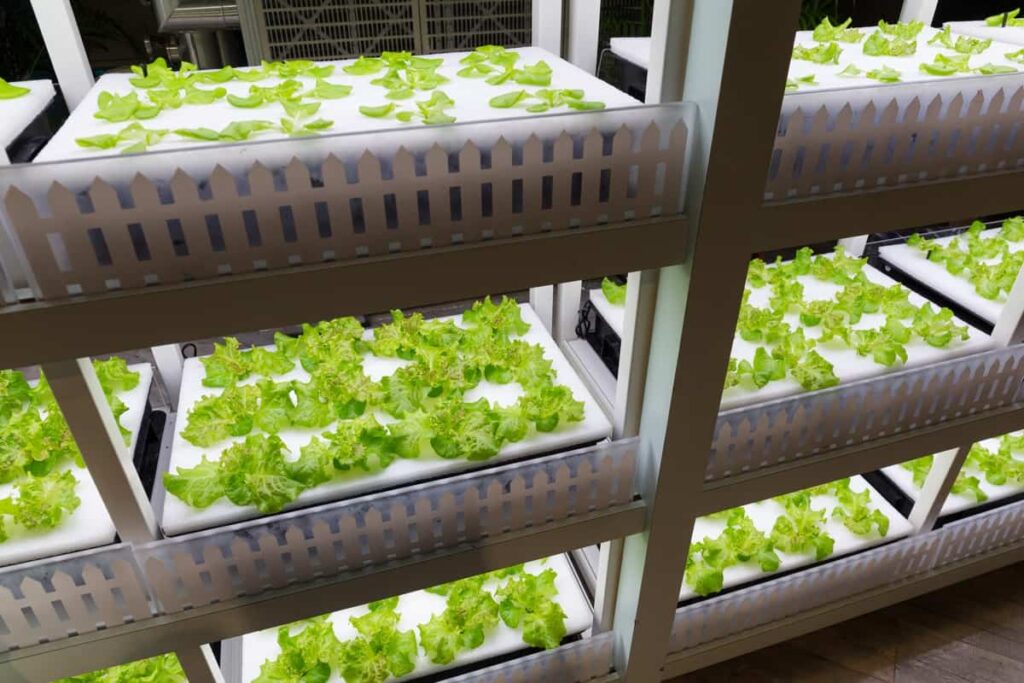
What is the Simplest Type of Hydroponic System?
The simplest type of hydroponic system is the Kratky method. It’s a passive system that doesn’t require electricity or air pumps. Plants are placed in a container with nutrient-rich water, and as they grow, they absorb the nutrients, making it a low-maintenance option suitable for beginners.
How Much Does One Hydroponic System Cost?
The cost of a hydroponic system varies based on its complexity and size. A basic DIY system can be set up for as little as $50 to $100, utilizing readily available materials. Commercial systems can cost anywhere from $100 to thousands of dollars for fancier and more complete configurations.
- How to Raise Pigs in Your Own Backyard: A Comprehensive Guide
- Budget Friendly Sheep Shed Ideas: Cheap and Low-Cost Tips
- How Much Do Cattle Farmers Make: Revenue Streams in Cattle Farming
- Management Pests and Diseases in Your Cotton Field
- Sheep Farming Business Plan for Beginners
- Aquaponic Farming at Home: A Step-By-Step Guide
- Profitable Village Farming Business Ideas in 2024
- High-Yield Aquaculture: Fast-Growing Fish for Farming
- Effective Fish Pond Construction Techniques for Beginners
- Irrigation and Water Management in Pineapple Farming
- Blossom to Harvest: Mastering Flowering and Pollination in Papaya Farming
- Pig Fattening Essentials: From Selection to Sale for Beginners
- Raising Wagyu Cattle: A Complete Guide for Premium Beef Production
- Soil Types and Their Water Holding Capacity
- Optimizing Irrigation Schedules for Coconut Groves for Enhanced Yield
- Espresso Your Garden: Coffee Grounds for Healthier Acid-Loving Plants
- The Best Soil Mix for Snake Plants: How to Mix Your Own Snake Plant Soil
- Green Thumb Success: Expert Tips for Cultivating Greenhouse Beans All Year Round
- Bloom All Year Round: The Ultimate Guide to Indoor Hyacinth Care
- Eco-Friendly Gardening: How to Make Liquid Fertilizer from Kitchen Waste
- Ultimate Guide to Grow Anise in Pots: Explore Seed Propagation to Harvesting
- Guide to Raising Chester White Pigs: Discover Breed Facts to Growth Management
- Mastering the Elegance: The Ultimate Guide to Weeping Cherry Tree Care, Planting, and Maintenance
- Ultimate Guide to Planting Garlic in Grow Bags: Growing Strategies for Beginners
- How to Fix Spider Plant Leaf-Related Problems: Natural and Organic Remedies
- 10 Reasons Why Your Tulsi Plant is Shedding Leaves: Home Remedies and Solutions
- Optimizing Growth and Yield: The Advantages of Palm Bunch Ash Fertilizer
- Utilizing Neem Oil Extract as a Natural Pesticide for Hydrangea
- From Soil to Harvest: Various Ways in Which Farmers Can Use AI Tools
- Steps to Encourage and Induce Citrus Flowers: A Comprehensive Guide
- How to Fix Snake Plant Leaf-Related Issues: Natural and Organic Remedies
- Transform Your Garden into a Fragrant Oasis with Raat Ki Rani (Night Blooming Jasmine)
- Discover the Ideal Chicken Breeds for Philippine Farms
- How to Create a Poultry Egg Farm Business Plan for Profits
- Grow Lemon Cucumbers Like a Pro: Insider Techniques for Bountiful Yields
- Ultimate Guide to Caring for Your Pink Princess Philodendron: Tips for Thriving Variegation
